Imagine a world where a single leaf could soothe pain, where the whisper of the wind carried secrets of survival, and where the wisdom of healing was guarded by the gentle hands of “forest doctors.” These were the healers of ancient forests, the keepers of knowledge so deep that modern science is only beginning to scratch the surface. Yet, with the arrival of colonizers, this tapestry of wisdom was torn apart, often dismissed as superstition or erased intentionally. What did we lose when we overlooked these guardians of the green world? The story is not just about medicine; it’s about memory, respect, and a planet yearning for balance.
The Sacred Bond: Humans and the Forest
For thousands of years, indigenous people have walked in harmony with the forests, treating them not as resources to be exploited, but as living family. The forest was a pharmacy, a chapel, and a teacher. Every plant had a purpose, every animal a lesson. The connection was so intimate that healers often spoke of receiving dreams or visions from the land itself. This wasn’t just poetic language—it was a way of understanding life’s interconnectedness. Such respect is hard to fathom in today’s world, where medicines come in plastic bottles, and forests are often seen as obstacles to progress.
The Rise of the Forest Doctors
Known by many names—shamans, curanderos, sangomas, or simply healers—forest doctors possessed knowledge handed down through generations. They learned by watching, tasting, listening, and experimenting. Their training could take decades and often involved rigorous spiritual initiation. These healers could identify hundreds of species by sight, smell, and even by touch. They knew when a root was ready to harvest or how to prepare a bark so it wouldn’t cause harm. Their expertise was the result of a delicate dance with nature, not a checklist in a textbook.
Medicinal Marvels: Plants That Changed the World
The impact of indigenous healing on global medicine is nothing short of astonishing. Quinine, the first effective treatment for malaria, came from the bark of the cinchona tree in South America—a secret revealed by indigenous healers. Willow bark, chewed by Native Americans for pain relief, gave us aspirin. Even now, scientists scour the forests for new cancer drugs, antibiotics, and antivirals, often rediscovering remedies that indigenous people have used for centuries. The forest is a living laboratory, and its doctors were the original researchers.
The Science Behind Traditional Healing
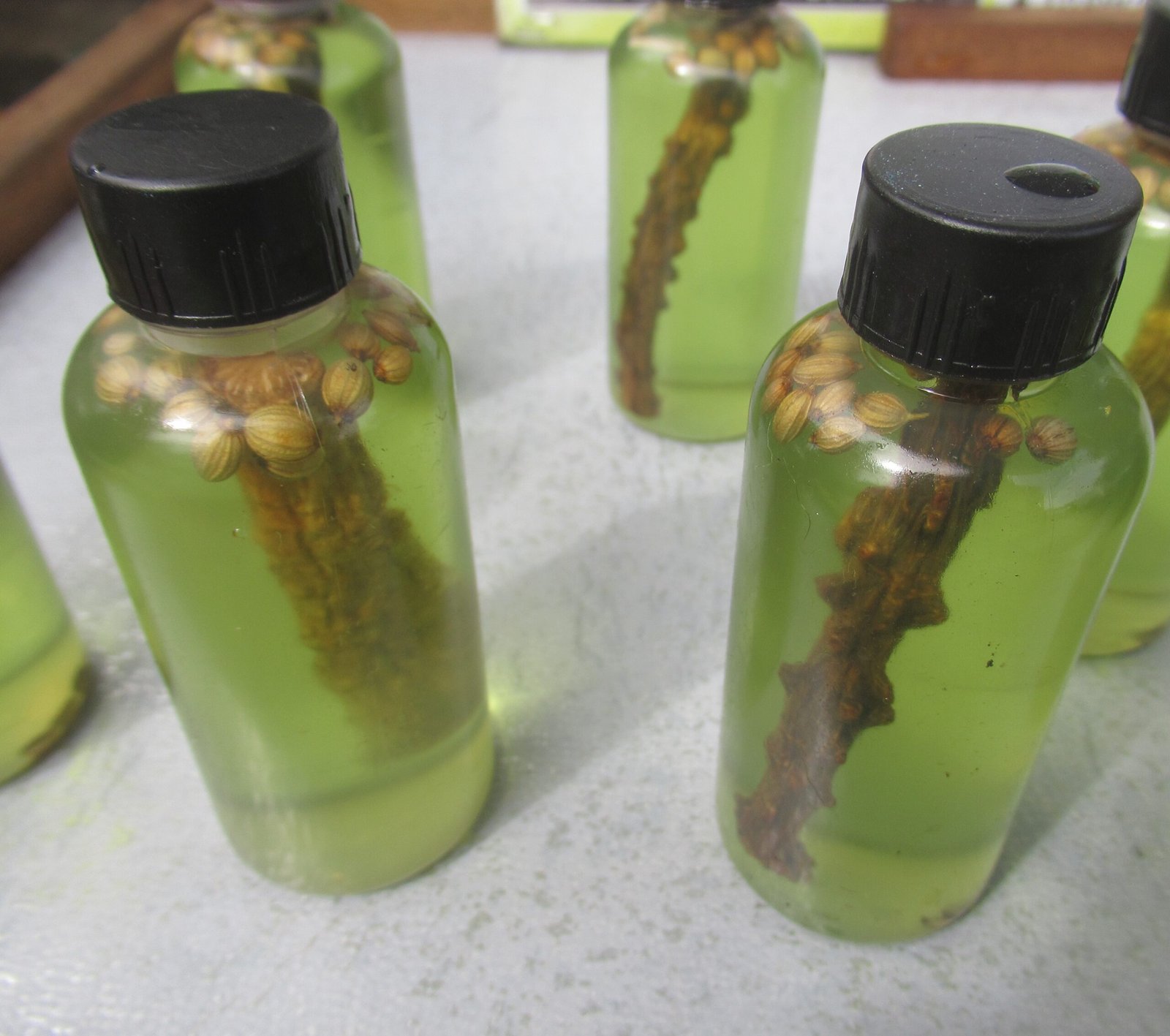
What makes indigenous healing different isn’t just the plants—it’s the approach. Forest doctors see illness as more than just a physical problem; it’s a disharmony in the whole being, including mind, spirit, and community. Modern science is only now appreciating the importance of this holistic perspective. Studies show that traditional practices can reduce stress, boost immunity, and even change the way our genes are expressed. It’s not magic—it’s a deep understanding of the body’s connection to the world around us.
Colonial Erasure: The Silencing of Healers
When colonizers swept through Africa, the Americas, Asia, and Australia, they brought new medicines—but also new prejudices. Indigenous healers were often branded as witches, charlatans, or obstacles to progress. Sacred groves were cleared for plantations; oral traditions were mocked or outlawed. Much of this erasure was intentional, part of a broader effort to undermine local authority and replace it with Western systems. The result? A severed link between people and place, and a loss of knowledge that can never be fully recovered.
The Exploitation of Indigenous Knowledge
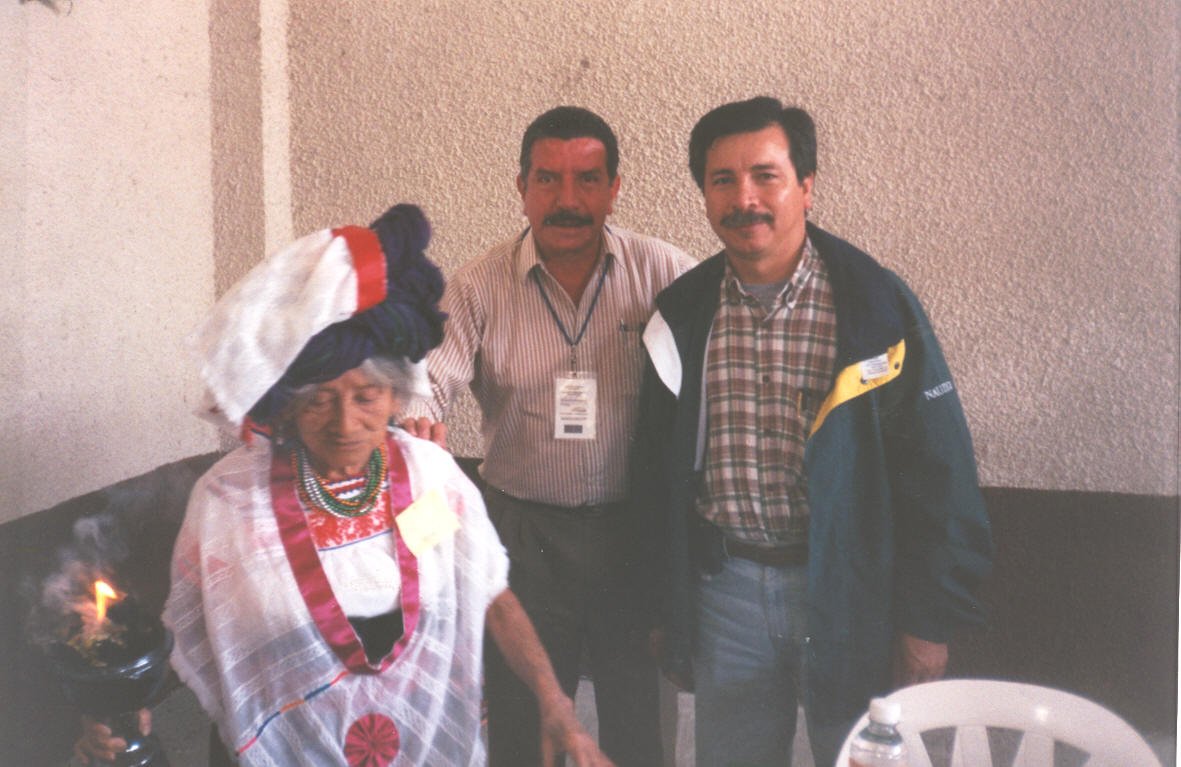
Ironically, the same colonizers who dismissed indigenous healing often plundered its secrets for profit. Pharmaceutical giants have built empires on drugs “discovered” in rainforests, rarely acknowledging or compensating the communities that safeguarded this wisdom. This is called biopiracy—a theft in plain sight. Many indigenous healers watched as their remedies were patented and sold back to them at staggering prices, while their own communities were left in poverty.
Modern Science Rediscovers Ancient Wisdom
In recent years, scientists have begun to realize that traditional knowledge isn’t just folklore—it’s a treasure trove of data. Ethnobotanists travel the globe, notebooks in hand, eager to learn from indigenous healers. In the Amazon, researchers found that 80% of medicinal plants used by local tribes had proven pharmacological effects. Scientists now urge collaboration, rather than exploitation, recognizing that the best hope for new medicines lies in the wisdom of those who have lived with the land the longest.
The Language of Healing: Stories, Songs, and Rituals
Indigenous healing is as much about words as it is about plants. Stories, songs, and rituals transmit knowledge across generations. A healing chant might encode instructions for preparing a remedy; a myth about a sacred tree might warn of its toxicity. This oral tradition is more than entertainment—it’s a library, alive and ever-changing. When languages disappear, so too do these intricate maps of health and survival.
Community: Healing Beyond the Individual
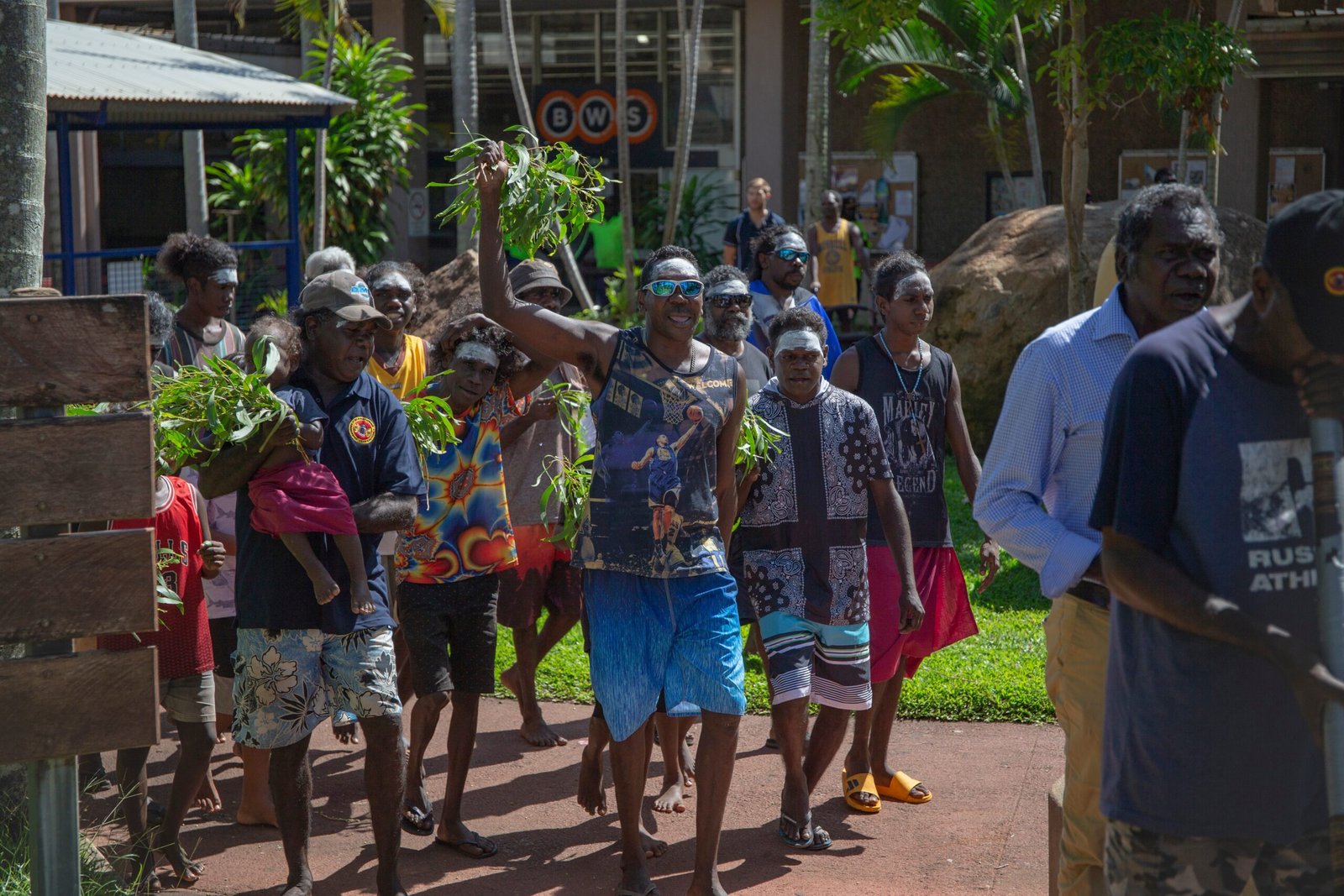
One of the most radical things about indigenous healing is its focus on community. Illness isn’t suffered in isolation; it’s a sign that something in the social fabric needs mending. Healing ceremonies often involve the entire village, with music, dance, and feasting. This collective approach strengthens bonds and reminds everyone that well-being is a shared responsibility. In a world where loneliness is a growing epidemic, there’s much to learn from this sense of togetherness.
The Loss of Biodiversity: Medicines in Disappearing Forests
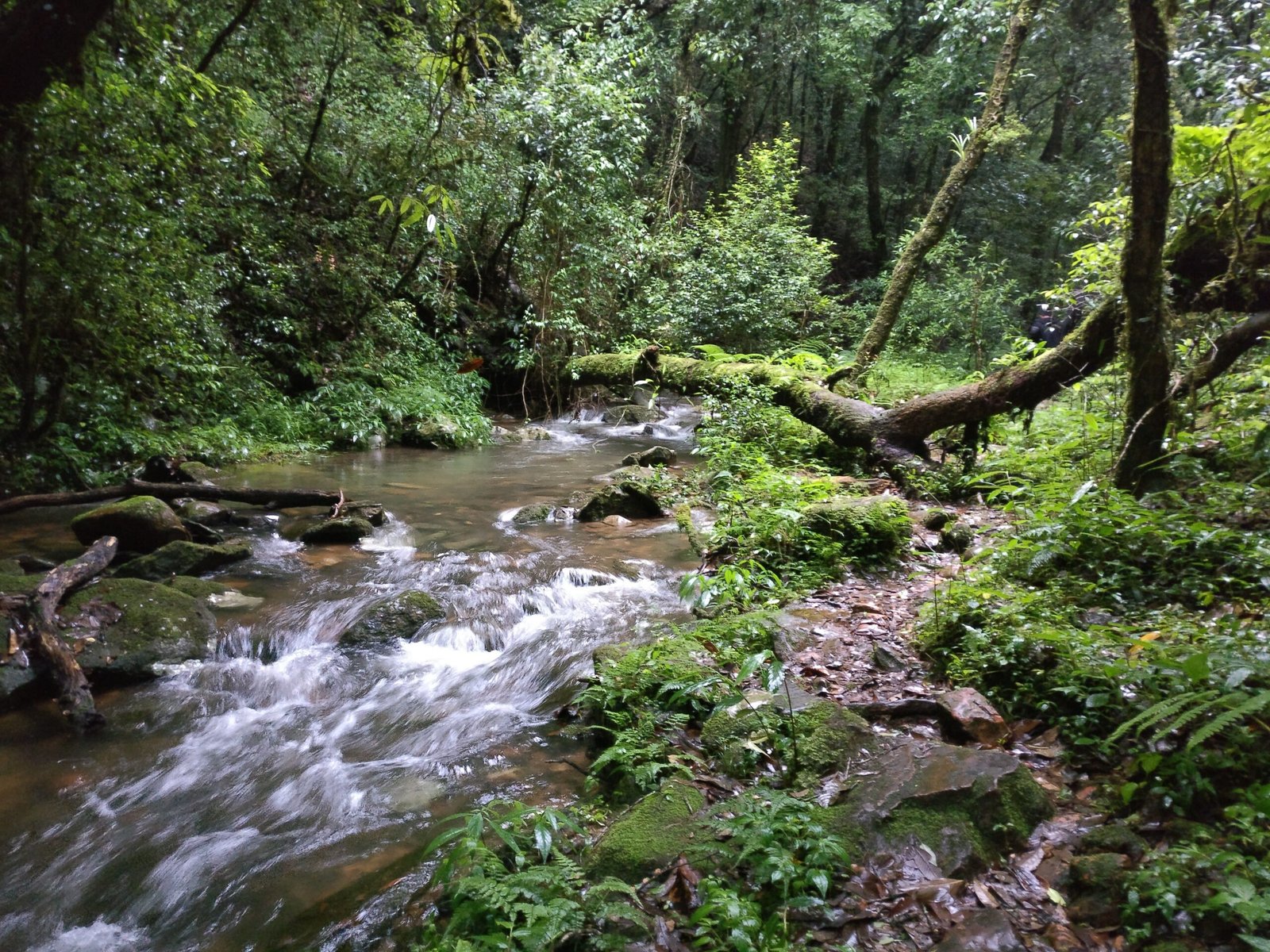
As forests vanish, so do the medicines they hold. Scientists estimate that we lose dozens of species every day, many of which have never been studied. Each lost plant is a potential cure, a lost story, a missing piece of the puzzle. The destruction of forests isn’t just an environmental crisis; it’s a health emergency. Forest doctors have long warned that when the land suffers, so do we.
Women: The Unsung Healers
In many cultures, the most knowledgeable forest doctors are women. They are midwives, herbalists, and counselors, often working quietly behind the scenes. Yet their contributions have been especially vulnerable to erasure, both by colonial authorities and patriarchal traditions. Today, efforts are being made to document and celebrate the work of these women, recognizing that their knowledge is vital for future generations.
The Spiritual Dimension: Healing the Soul
For many indigenous healers, medicine is inseparable from spirit. Plants are not just chemicals; they are beings with personalities and powers. Healing might involve offerings, prayers, or trance states. While this can seem mysterious or unscientific to outsiders, recent research shows that spiritual practices can have real biological effects—reducing pain, accelerating recovery, and improving mental health. The forest doctor’s toolkit is vast and profound, blending the seen and unseen.
Resilience in the Face of Change
Despite centuries of suppression, indigenous healing endures. Forest doctors continue to adapt, blending old and new, sharing knowledge with researchers who show respect. Some have started clinics, others have joined universities, and many are teaching the next generation. Their resilience is a testament to the power of tradition, creativity, and faith in the land.
Legal Battles and the Fight for Recognition
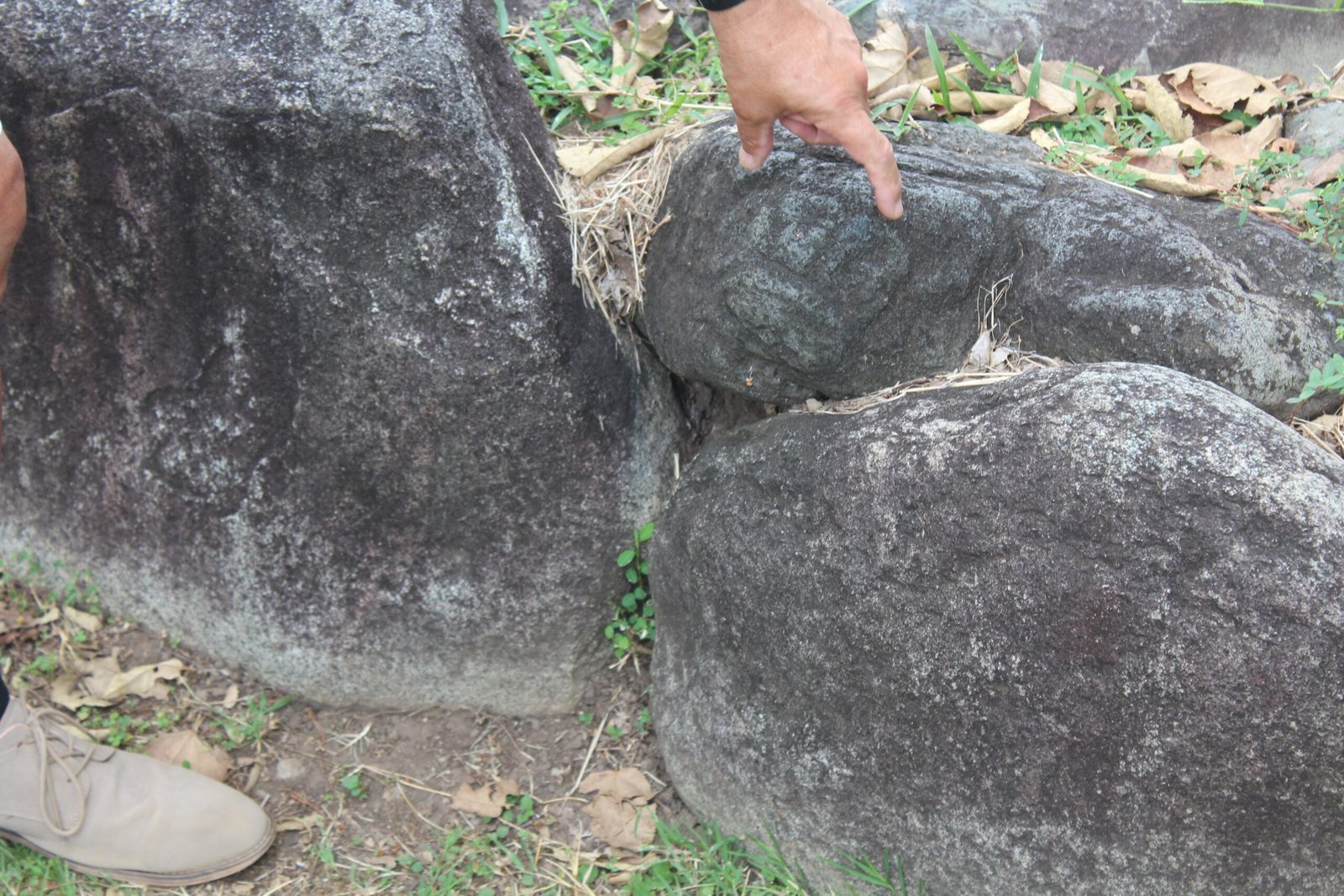
Today, indigenous communities are fighting for the right to protect and use their knowledge. International agreements like the Nagoya Protocol aim to ensure fair sharing of benefits. Yet enforcement is patchy, and many healers still lack legal protection. The struggle is ongoing, but every victory is a step toward justice.
Guardians of the Future: Passing Down the Torch
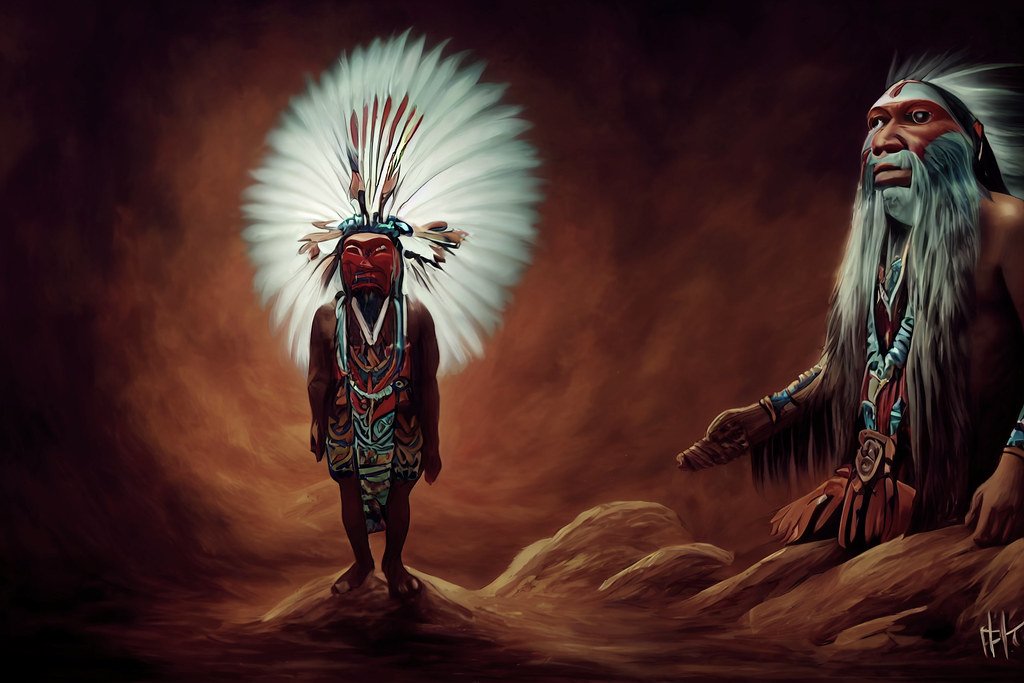
Elders are racing against time to pass on their wisdom before it disappears. School programs, digital archives, and apprenticeships are springing up in remote villages and bustling cities alike. Young people are rediscovering pride in their heritage, blending ancient healing with modern science. The torch is being passed, but the flame must be protected from the winds of change.
Lessons for Modern Medicine
What can today’s doctors learn from the forest? First, humility: the recognition that we don’t know everything. Second, empathy: treating patients as whole people, not just collections of symptoms. And finally, curiosity: looking beyond the laboratory for answers, and respecting the knowledge that comes from living with the land. The lost forest doctors remind us that healing is as much an art as a science.
Climate Change and the Return to Roots

As climate change disrupts ecosystems, traditional knowledge is becoming more valuable than ever. Indigenous healers understand how to adapt, how to read subtle shifts in weather, and how to find resilience in times of crisis. Their insights are guiding new conservation efforts and helping scientists design solutions that work with nature, not against it.
The Power of Listening: Building Bridges

One of the simplest, yet most radical, things we can do is listen. When scientists, policymakers, and the public open their ears to indigenous voices, extraordinary collaborations can happen. The forest doctors have stories to tell—stories that can heal wounds, restore balance, and guide us toward a more sustainable future.
Healing the Divide: A Call for Respect
The story of the lost forest doctors is a call not just to remember, but to respect. We cannot undo the harm of colonization, but we can honor the wisdom that survived. By protecting forests, supporting indigenous rights, and cherishing traditional knowledge, we begin to heal not just ourselves, but the world we all share.



